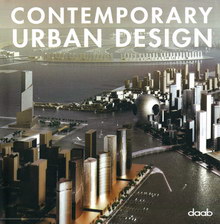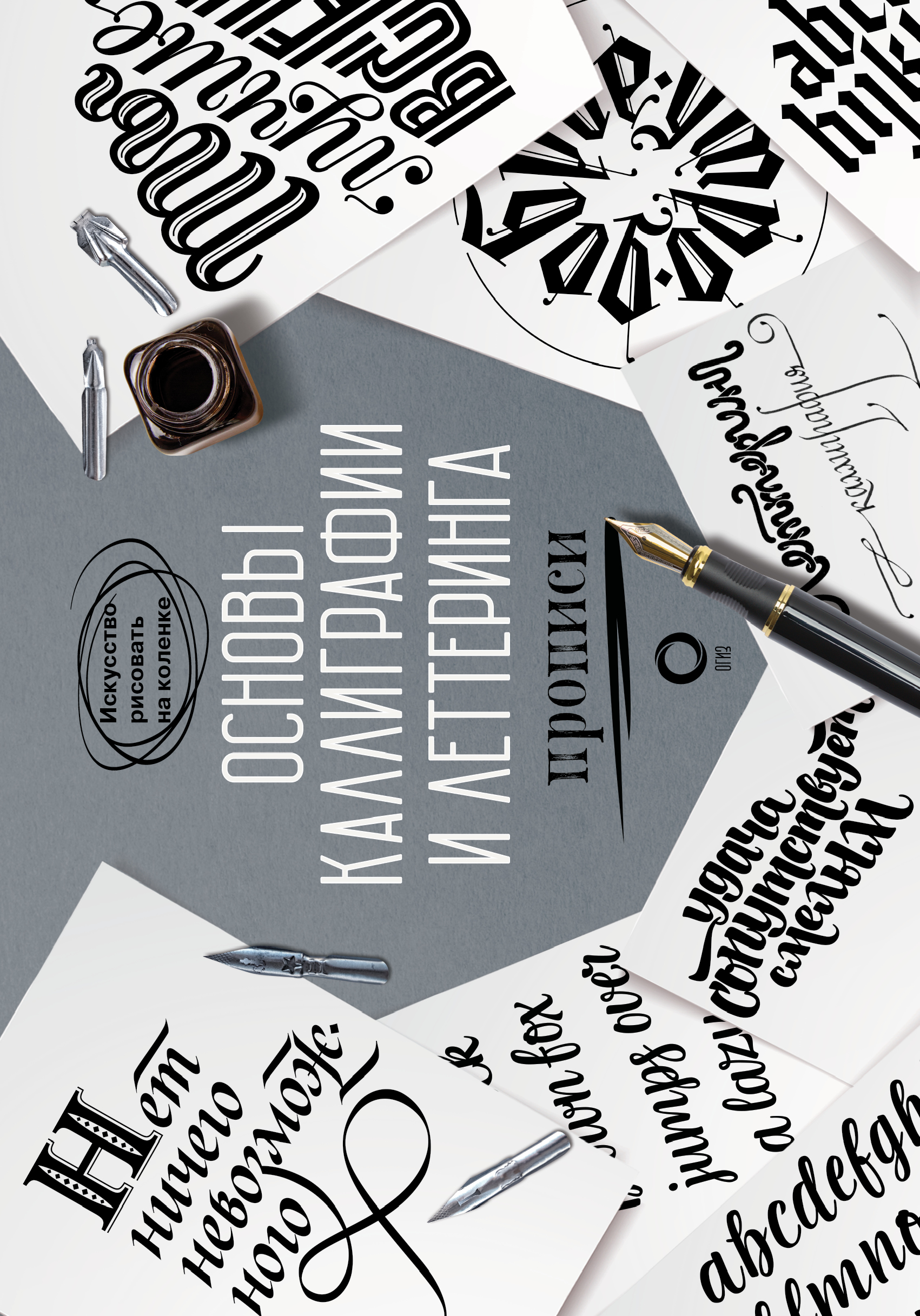978-3-86654-024-8
Книга: Contemporary Urban Design
Супер обл
| Товар отсутствует |
| Узнать о поступлении |
Urban design is an architectural discipline that falls into the category of landscape architecture. It is used as a social and esthetic means for interpreting the shape of cities and towns and their public spaces. Since these are collective interventions, urban design cannot be understood without considering different disciplines such as urban and political economy and social theory. Cities change, grow and develop; their design should contribute to the coherent progress of their structures and prevent or correct errors in planning and construction. If we observe their trajectory from a historical perspective, we can understand its importance. From the Industrial Revolution up until today, public spaces have undergone heavy transformation. We ve witnessed important changes, such as industrial areas that have become new neighborhoods, or historical centers that are changed in order to solve public space, transport and communications needs in the 21st century. At times the change occurs on a more local level, such as when the growth of a city increases levels of noise, traffic and pollution in a public space that falls into disuse by the neighborhood. Projects cover everything from new large neighborhoods to the installation of street fixtures or the illumination of a small square. The structure of a city is not the sum of its architectural shapes but the integration of these shapes into a specific understanding of space. The work of an architect can transform a space that has become obsolete in terms of function and design. Projects consist of reconstructing streets, new districts, designing parks, improving accesses, etcetera. All of these are to the benefit of the community: the neighbors, students, workers and businessmen who see how the avenues and streets have become more accessible, attractive and, in turn, become busier places as well. Public spaces become gathering points and recreational areas where neighbors can meet. Concerts, festivals and diverse activities are organized and lead to interchanges; bonds are made and there s a pervading sense of belonging to a group, as well as a community feeling.














